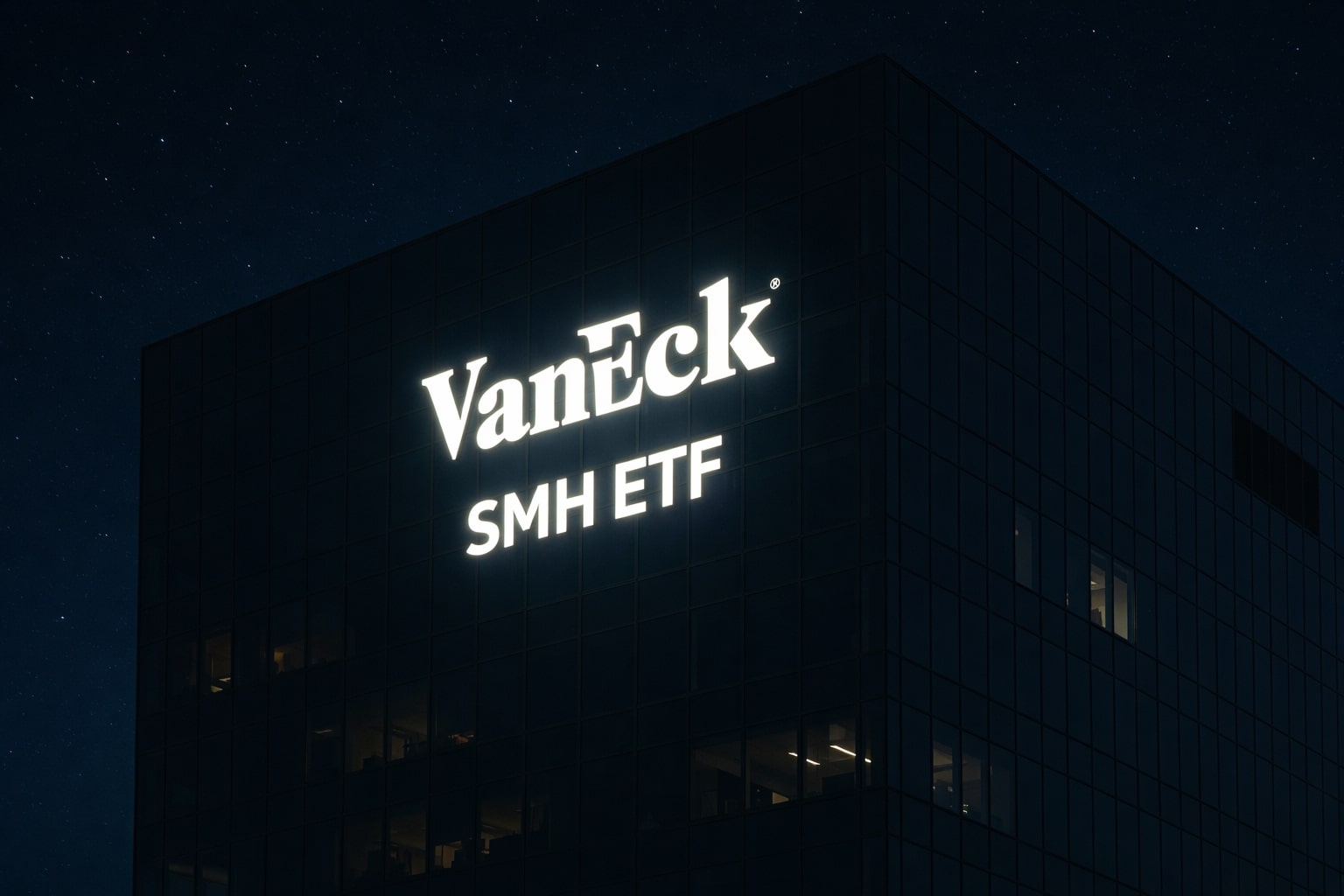Ethereum Price Forecast - ETH-USD Plunges Toward $3,300 as ETF Outflows, Fed Uncertainty, and Weak On-Chain Demand Trigger a Critical Breakdown
Ethereum (ETH-USD) has entered a make-or-break phase after collapsing below the $3,500 support zone, marking an 18% decline from October’s $4,252 high. The world’s second-largest cryptocurrency is now facing its sharpest correction since early 2024, with a confluence of macro pressure, ETF outflows, and technical breakdowns converging at a fragile point for the broader crypto market.
Institutional demand, once the key stabilizer after the approval of spot Ethereum ETFs, has turned negative. SoSoValue data shows $136 million in outflows across all U.S.-listed ETH ETFs this week, led by BlackRock’s ETHA (-$82M) and Fidelity’s FETH (-$25M). Cumulative inflows have dropped to $14.23 billion, with net assets sliding near $24 billion — a stark reversal from last month’s accumulation trend. Retail participation mirrors this exodus: Ethereum futures open interest fell from $63 billion in October to $44.7 billion, indicating traders are unwinding long positions and shifting toward leveraged shorts.
Derivative Markets Show Capitulation as Funding Rates Turn Negative
Ethereum’s derivative sentiment reinforces the bearish narrative. The OI-weighted funding rate dropped to 0.0038%, reflecting overwhelming short dominance and risk-off behavior. This mirrors the October 10 liquidation event, when ETH futures recorded over $1 billion in long liquidations across exchanges. Historically, such compressed funding rates and open interest contractions precede major volatility spikes — either signaling capitulation or the setup for a rebound.
For now, technicals suggest sustained downside. The MACD on the daily chart remains under a sell signal, with the blue line staying below the red histogram since Monday, while the RSI at 33 continues trending toward oversold territory. This positioning reflects persistent selling pressure and a lack of dip-buying enthusiasm among whales and retail traders alike.
Price Structure: Breakdown Below $3,500 Risks a Slide to $3,300
Ethereum’s structure has turned technically fragile. The loss of the $3,500 psychological floor opens the path toward $3,350–$3,300, a support cluster that aligns with the 100-day moving average and August’s prior consolidation zone. A daily close below $3,350 would confirm a continuation of the bearish wave, potentially setting up a test of the $3,000 handle in November.
Short-term resistance has shifted lower to $3,606, coinciding with the 200-day EMA. A sustained recovery above this level could invalidate the bearish case and reintroduce momentum toward $3,800 and $4,000. However, failure to reclaim this zone within the next trading sessions risks further technical deterioration.
Macro Headwinds: Fed Policy Uncertainty Fuels Volatility
The macro backdrop compounds Ethereum’s decline. Weak U.S. manufacturing data and ambiguity around the Federal Reserve’s December rate decision have amplified the risk-off narrative across all risk assets. Treasury yields remain elevated, the 10-year yield holding above 4.6%, weighing on speculative positions in both equities and digital assets. The Dollar Index (DXY), meanwhile, has climbed back to 107, tightening financial conditions globally and reducing liquidity for crypto leveraged trading.
Investors who previously piled into Ethereum ETFs following their launch are now retrenching amid these macro signals. This environment mirrors prior cycles, where tightening policy stifled inflows into risk-sensitive products like DeFi protocols, NFT markets, and ETH-based derivatives.
On-Chain Activity: Exchange Withdrawals Signal Silent Accumulation
Despite bearish headlines, on-chain metrics reveal a more nuanced picture. Blockchain data shows rising exchange withdrawals, suggesting long-term holders might be shifting ETH into cold storage or staking pools rather than fully exiting. This could indicate accumulation during weakness, a pattern seen during prior cyclical bottoms.
Ethereum’s total value locked (TVL) across DeFi remains above $165 billion, surpassing the foreign exchange reserves of several advanced economies. Stablecoin transaction volume rose 45% month-over-month to $2.8 trillion, implying that liquidity remains in the ecosystem even as speculative activity fades. This divergence between on-chain resilience and technical weakness creates a volatile equilibrium: long-term investors accumulate, while leveraged traders exit.
ETF Flows and Institutional Sentiment Diverge
While ETF data reflects institutional outflows, whale accumulation continues quietly. Late October saw Bitmine Immersion Technologies purchase $113 million in ETH, demonstrating continued conviction among corporate entities seeking exposure to Ethereum’s infrastructure layer. However, this positive signal is offset by weak ETF inflows and declining retail positioning, maintaining a fragile balance in short-term sentiment.
If the ETF bleed stabilizes, renewed capital could trigger a swift recovery toward $3,800–$4,000, which remains the pivotal resistance zone. Until then, institutional caution keeps Ethereum under pressure.
Technical Structure: Multi-Year Trendline at Risk
Ethereum’s long-term chart now tests a crucial ascending support trendline that has held since April 2025. A confirmed close below this trendline would mark Ethereum’s first structural break in over 18 months, signaling a shift from accumulation to a prolonged correction phase.
Momentum indicators confirm the fragility. On the weekly chart, the RSI has fallen below 50, and the MACD registered a bearish crossover. These signals align with the pattern of wave completion observed in Elliott Wave counts, where ETH may have concluded a corrective A-B-C structure that began in mid-2022. If accurate, this wave completion implies that the recent uptrend is exhausted and Ethereum could retrace toward $2,900–$2,700 by early 2026.
Network Fundamentals Remain Strong Despite Price Weakness
Fundamentally, Ethereum remains the backbone of the DeFi ecosystem. Layer-2 networks such as Arbitrum, Optimism, and Base continue to process record transaction volumes, offsetting mainnet congestion. Meanwhile, upcoming network upgrades focused on data sharding and scalability are expected to enhance throughput by 40–50%.
The contrast between technological progress and market pricing presents a potential long-term opportunity. As seen in prior cycles, periods of price compression amid network expansion often precede large rallies once macro pressures ease.
Scenario Analysis: Key Levels Define the Next Direction
-
Bullish scenario: A strong rebound above $3,800, followed by a daily close above $4,000, would confirm reaccumulation and reestablish the bull structure, with upside targets at $4,200–$4,300.
-
Bearish scenario: A close below $3,350 confirms wave extension toward $3,000, and failure to hold that region could expose $2,900–$2,700, with a worst-case capitulation level near $2,200.
-
Neutral stance: Price oscillation between $3,400–$3,800 likely continues until macro clarity improves.
Verdict: Ethereum (ETH-USD) — Short-Term Bearish, Long-Term Accumulation Opportunity
Ethereum’s immediate trend remains bearish due to ETF outflows, weak derivatives sentiment, and macro headwinds. However, long-term fundamentals — including Layer-2 scalability, high DeFi activity, and deep institutional integration — support a structural rebound once selling pressure exhausts.
Traders should watch the $3,350–$3,300 zone closely; failure to hold it would confirm a breakdown, while stability above this area could mark the final leg of correction before recovery. Based on the current data, Ethereum remains a short-term SELL, long-term ACCUMULATE, with a potential rebound target back to $3,800–$4,000 if ETF sentiment stabilizes.
That's TradingNEWS


















